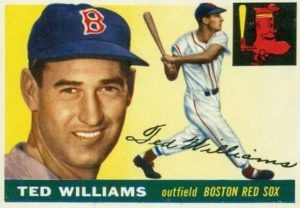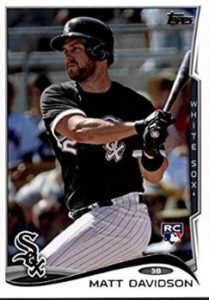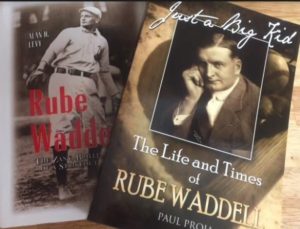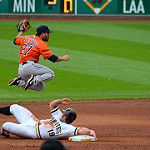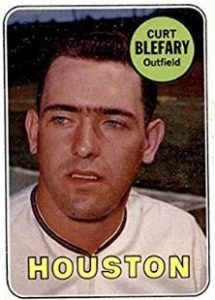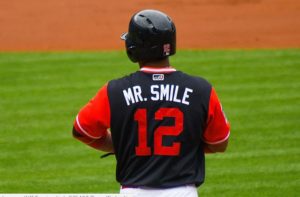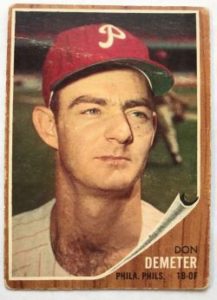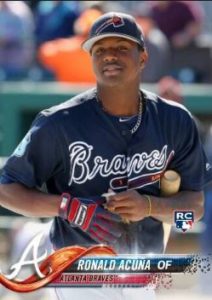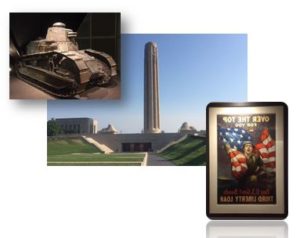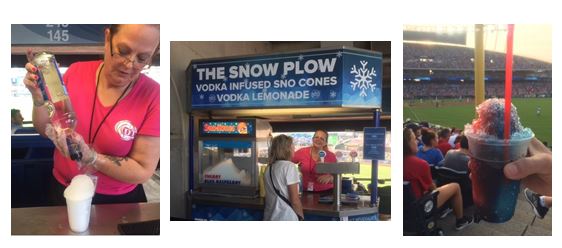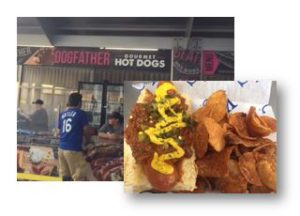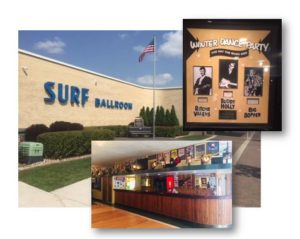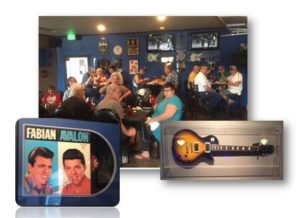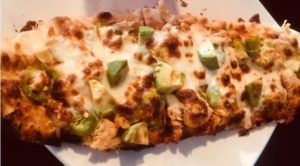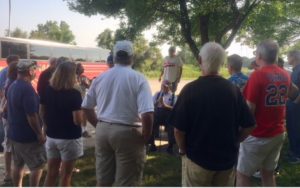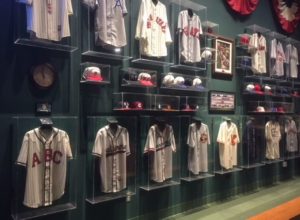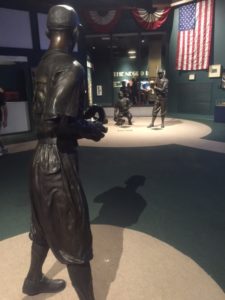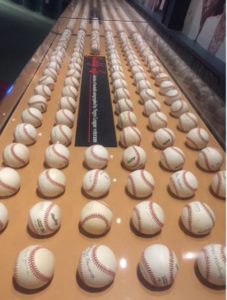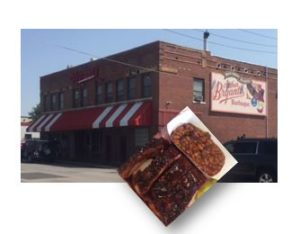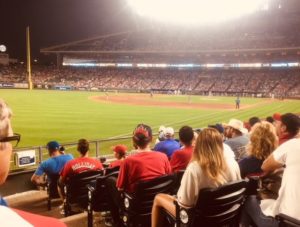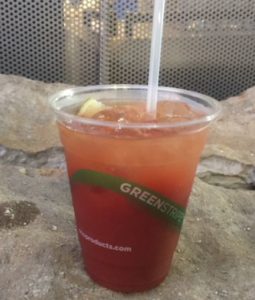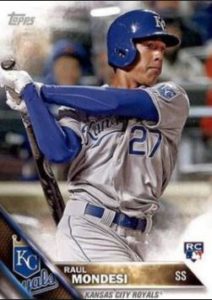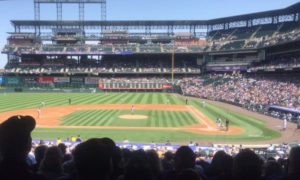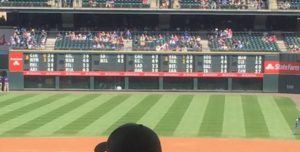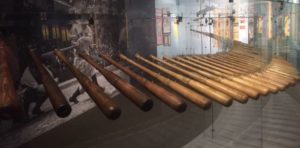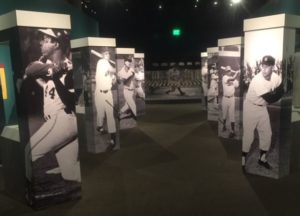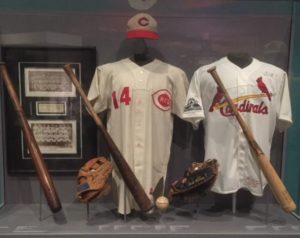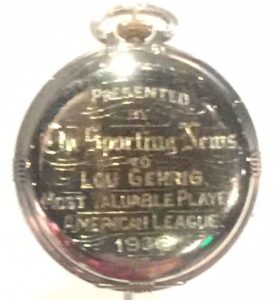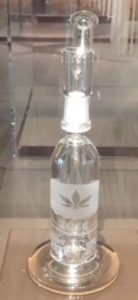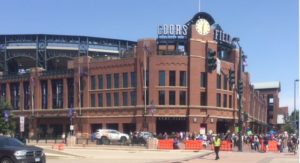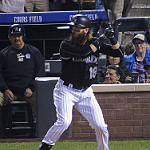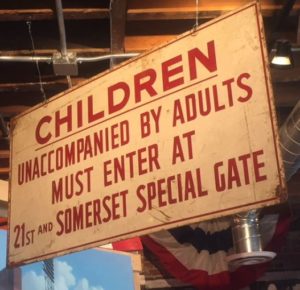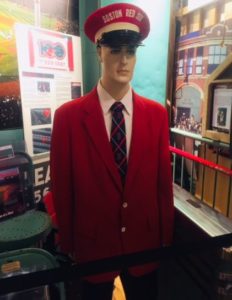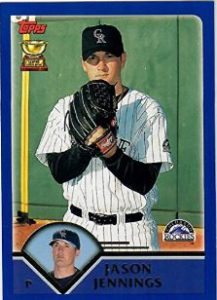 There’s nothing like impressing your bosses on your first day on the job – and, when it comes to a performance on a major league ball field, Jason Jennings did just that. In fact, his MLB debut apprearance prompts me to lead this post off with apair of hashtages … #GreatFirstImpressions and #MoreWhyIHateTheDH.
There’s nothing like impressing your bosses on your first day on the job – and, when it comes to a performance on a major league ball field, Jason Jennings did just that. In fact, his MLB debut apprearance prompts me to lead this post off with apair of hashtages … #GreatFirstImpressions and #MoreWhyIHateTheDH.
On this date (August 23), back in 2001, Colorado Rockies’ 22-year-old rookie right-hander Jason Jennings made his first MLB appearance – a start on the mound against the New York Mets (in New York). Jennings – a 1999 first-round draft pick – did not disappoint. After a slow start (a single and a walk to the first two batters he faced), Jennings settled in. In that first big-league appearance, he went the distance – tossing a complete-game, five-hit (four walks/eight strikeouts) shutout.
He did alright at the plate, as well, again after a slow start. The left-handed hitter popped up to third in his first at bat (ending the first inning, when the Rockies gave him a three-run cushion). Then, in the top of the fourth, he singled to left; in the fifth, he grounded to first; in the seventh he stroked an RBI single to center; and he topped of his first game with a leadoff home run in the top of the ninth. His day? Three-for-five, one run scored, two RBI and a home run. That first impression is another of the many reasons why I occasionally use the hashtag #WhyIHateTheDH.
The Rockies’ Jason Jennings is the only pitcher (post-1900) to toss a shutout and hit a home run in his first MLB start.
Jennings ended his first MLB campaign 4-1, 4.58 in seven starts and .267-1-2 at the plate.
He continued to deliver on that first impression in 2012, when he went 16-8, 4.52 in 32 starts for the Rockies – and won the National League Rookie of the Year Award. That made him 20-9, 4.53 for his first two MLB seasons. He also improved his results at the plate in 2002, raking at a .306 pace (19-for-68), with four doubles and 11 RBI in 30 games.
Jennings’ run, however, did not continue – as he went on to face some control issues as well as elbow problems. The 2002 season was his final .500 or better campaign and, over his final seven seasons (Rockies, Astros, Rangers), Jennings went 42-65, with a 5.06 earned run average. He did notch five more complete games, two more shutouts and a second home run. His final stat line for nine seasons? Pitching: 62-74, 4.95. Batting: .207-2-26.
Still, Jennings first (MLB) impression is one that should be remembered.
Jason Jennings, drafted by the Rockies in the first round of the 1999 MLB draft (16th overall), was a star in both high school and college. He was All-District in high school (Poteet HS –Mesquite, TX) football as a punter/place-kicker and an outstanding pitcher and hitter in baseball (named District Most Valuable Player as a senior when he hit .410 and went 10-3, 0.92 on the mound). He played baseball at Baylor University from 1997-99 and, in 1999, was named the National College Player of the Year by “Baseball America” and “Collegiate Baseball.” A three-time All-American, Jennings was elected to the Baylor University Hall of Fame (2009). In his three college seasons, he hit .344 with 39 home runs and went 27-11, 3.56 on the mound.
Primary Resources: Baseball-Reference.com; Major League Baseball a Mile High – The First Quarter Century of the Colorado Rockies (Edited by Bill Nowlin and Pual T. Parker – Copyright 2018, Society for American Baseball Research)
I tweet baseball @DavidBBRT
Like/Follow the Baseball Roundtable Facebook page here.
Member: Society for American Baseball Research; The Baseball Reliquary; The Negro Leagues Baseball Museum.


